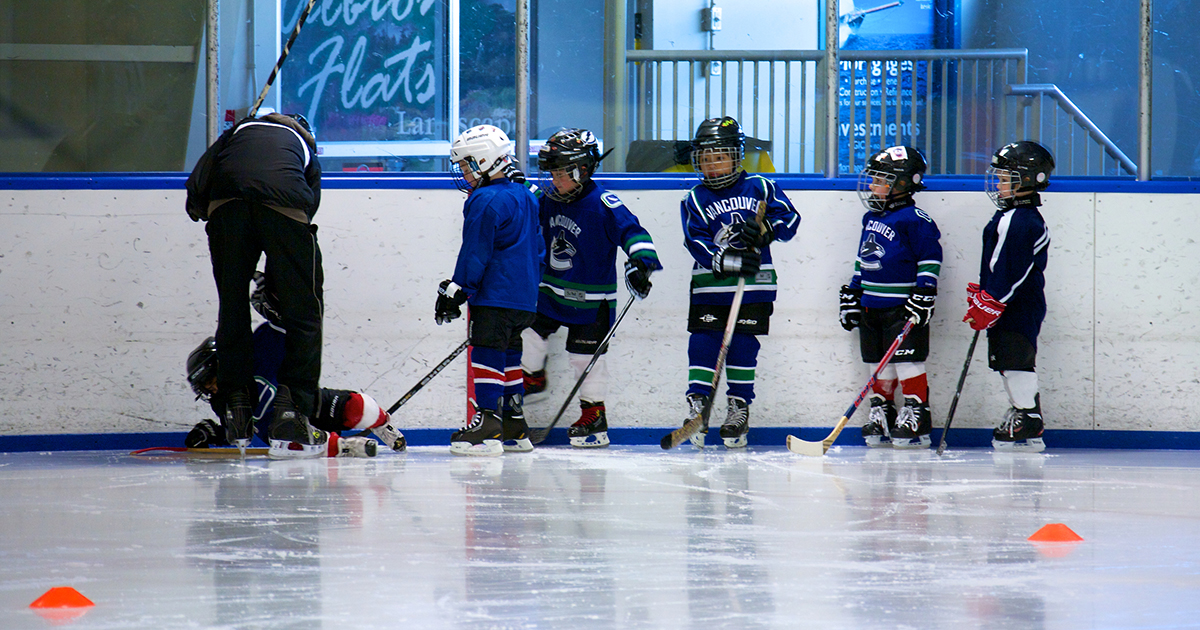The Different Places You Can Get Head Lice
Lice are tiny insects that survive by burrowing into hair and feeding on blood. These insects are most often found in the hair on the head, hence they are commonly called head lice, but have also been known to reside in the eyebrows and eyelashes as well. Usually, the first sign of an infestation is an uncontrollable, itchy scalp. Lice are easily spread through contact with body parts and materials containing the insects. Because the spread of lice is so easy and creates a quite uncomfortable condition for the individuals infested with the insect, understanding how lice spread is key in prevention. Get to know the most popular locations individuals can get lice from now.
At School

School-aged children are the most at risk for contracting head lice, with an estimated six to twenty-five million being treated annually for symptoms. The insect is typically spread from child to child as they share headwear such as hats, beanies, and headbands at school. The best way for children to avoid contracting head lice at school is for parents and teachers to discourage sharing headwear and clothing. Parents should also clearly label their child's belongings with their names to avoid their items being mistaken for another child's and accidentally exposing themselves to the insect.
At Work

Similar to the classroom environment, work is another environment where the risk of contracting lice is high. This is especially true for workplaces with shared stations, such as desks, chairs, and vehicles. Lice can live on surfaces and away from their human hosts for up to one day. Therefore, if an individual with head lice was operating at a shared station or driving a shared vehicle, anyone who used the same station or drove the same vehicle as the person infested with the insect within a twenty-four-hour period would be at risk for contracting head lice. It is important for employees to make sure they consistently wipe down their workstations and shared vehicles before beginning their shift to prevent the spread of lice in the workplace. It is also a good rule to wipe down the areas after working as well since many do not know they are carrying the insects in the beginning stages.
On Public Transportation

Public transportation is another common way an individual can contract head lice. As previously stated, head lice can live on external surfaces unattached to humans for a maximum of twenty-four hours. Therefore, if an individual sits in a seat recently occupied by an individual carrying the insect, it is quite possible lice may be attached to the seat. To prevent exposure to head lice on public transportation, it is a good idea to carry antibacterial wipes and wipe off the seat before sitting down. Doing this will knock any remaining lice that may be attached to the seat and prevent contraction.
During Group Athletics

Head lice can also be contracted through group athletics. Many times the transmission comes through the celebratory hugs after a victory. These hugs provide the perfect outlet for lice to jump from one head to another. It is also common for individuals to utilize shared helmets and other headgear during group sports. As we know, many individuals don't know they have head lice in the beginning stages and because of this many are unaware of their potential to spread the insect. To prevent contracting head lice while playing group athletics, athletes should use their own headgear. Headgear shared by the team should be thoroughly cleaned and wipe down after each use. If head to head contact is a concern, teammates should consider celebratory handshakes or high-fives instead of the group or individual hugs.
At Parties Or Gatherings

Anytime there is a large gathering, the risk for contracting head lice increases. This is especially true with children's parties. Sharing clothing and birthday hats, as well as frequent hugs from one person to another, provides the perfect foundation for easy transmission of head lice. Party throwers may want to reconsider the use of party headgear, such as party hats, to prevent the spread of the insect, especially amongst children, as these items can easily be mixed up and worn by multiple children. Sharing clothing and hats should be discouraged and head to head contact, such as hugging, should be limited if possible.
